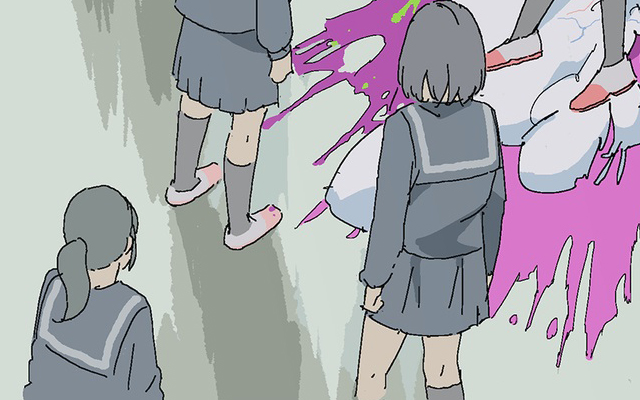
Source: @asano4124
Failure to Transform: Manga Creator Asano’s Chilling Portrayal of a Magical Girl’s Misfortune
- Source:
- @asano4124
- Tags:
- Art / Asano / failed transformation / Illustration / Magical Girl / maho shojo / Manga / transformation scene
Related Article
-

Japanese Twitter Falls In Meme Love With Perfectly Timed Photo Of One-Punch Shiba Inu
-
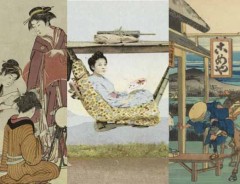
Free Digital Collection Of Historical Japanese Artworks Brings The Museum To You
-
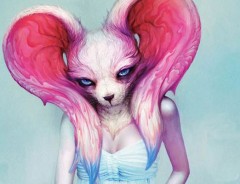
The Hauntingly Beautiful Artwork of Ryohei Hase
-
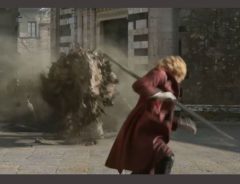
Official Teaser Trailer For Fullmetal Alchemist Live Action Movie Released
-
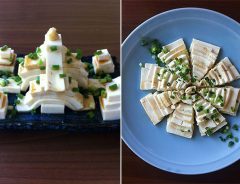
Terrific Tofu Art Creations to Celebrate Tofu Day
-
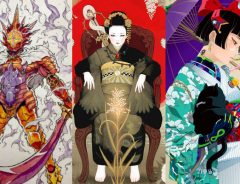
The Best and Brightest of Japan’s Twitter Artists


Magical Girl Anime
The magical girl genre in manga and anime was born in 1960s with titles like Himitsu no Akko-chan (1962), picked up momentum in the '70s and '80s with titles like Majokko Megu-chan (1974-5) and Creamy Mamy, the Magic Angel (1983-4), and gained international fame in the '90s thanks to Sailor Moon. The number of magical girl anime produced between 1980-2000 was almost 3.5 times the amount produced in the previous two decades, and the number continues to grow in the 21st century.
Transformation Scenes in Magical Girl Manga and Anime
As many anime fans know, one of the most famous tropes of the magical anime genre is an often elaborate transformation scene in which the protagonist changes from her everyday appearance into her magical form, with elements of her wardrobe, accessories, magic wand or other weapons, etc. appearing or forming magically from within or around her body together with various magical symbols, or more abstract images symbolizing character themes or representations of magic energy.
Manga Creator Asano's Illustration Imagines A Transformation Gone Terribly Wrong
Although the worlds inhabited by magical girls have acquired darker and more sinister tones in recent years, especially after the watershed anime Puella Magi Madoka Magica in 2011, and even when the act of transforming has dire effects on the protagonist's very life or the life of others, the transformation sequence itself is rarely threatened. It is almost considered a given in the genre that the protagonist will fully transform.
But what if that weren't the case? What if a magical girl failed to transform? That was possibly the idea behind a startling illustration which buzzed on Japanese social media earlier this month.
Up-and-coming manga author Asano (@asano4124), creator of Asamiya-san no Imoto 麻宮さんの妹 (Serialized 2011-2013 in Manga Time Kirara Forward, Hobunsha), Hana to Uso to Makoto 花と嘘とマコト (June 2014, Champion Tap!, Akita Shoten) and Shojo A no Higeki 少女Aの悲劇 (Manga Box Comics, 2017, Kodansha), occasionally posts illustrations and sketches on his Twitter account. But his tweet posting his thought-provoking illustration entitled "Failure to Transform" has garnered over 48,000 likes and 9,200 retweets at the time of writing.
Source: @asano4124
The tragic image of a magical girl in her grey sailor uniform half curled up in a corner, the vivid aftermath of her failed transformation splashed across the hallway, suddenly opens a dark, new window into the familiar narrative of the magical girl.
Source: @asano4124
Why did she need to transform? Why did her transformation fail? Who are the girls gathered around her and are they responsible for the failed transformation in some way?
The illustration is so evocative it almost begs for a story to contain it.
Reaction on Twitter
Asano's fans were quick to react:
---"You suddenly turn into a genius"
---"This reminds me of a cicada that failed to emerge or Unit 02 after being devoured by the mass-produced evas [in The End of Evangelion (1997)]."
---"You really have to watch out for the height of the ceiling..."
---"Waaaaaaaaaa! Are you some kind of genius???!!! My mind just exploded... It's wonderful... Brain damage level MAX100%...Aaaaaah, I love it. I want more!!! It's great! I love it!!!!!!"
Which pretty much summarizes our feelings about it as well.
If you'd like to see more of Asano's work, follow him on Twitter and on Pixiv, and look for his manga in bookstores.